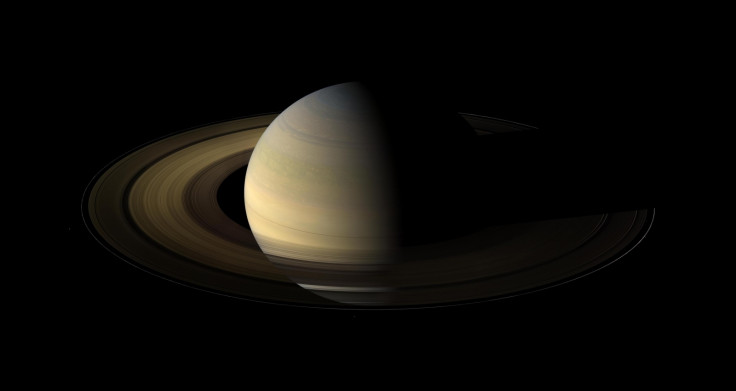New Cassini finding: Saturn's icy rings rain methane down on planet's atmosphere
According to Nasa, scientists didn't expect methane "to be abundant in the rings or found so high in Saturn's atmosphere".

After exploring Saturn for nearly two decades, Cassini plunged into its atmosphere, but even after its death, the data captured by the space probe is giving Nasa researchers new insights into the planet and its icy rings. During a news conference at the American Astronomical Society Division for Planetary Science meeting on October 16, the team working on Cassini's data shared their latest finding – Saturn's rings rain down methane on to its atmosphere.
Cassini's Ion and Neutral Mass Spectrometer (INMS) returned a host of data from Saturn's upper atmosphere during the grand finale – the phase before its death plunge.
The instrument, essentially serving as an 'electronic nose', got first-ever direct measurements of components in the atmosphere, which extends almost to the rings.
The analysis of this data revealed Saturn's rings are raining down molecules onto its atmosphere. That's something the agency already expected but what it did not expect that these materials would contain something more than just water, which almost entirely makes up the rings.
To be precise, methane, a volatile molecule, was also found to be falling down along with water onto Saturn's upper atmosphere. As Nasa notes, scientists didn't expect methane "to be abundant in the rings or found so high in Saturn's atmosphere".
It is still unclear how much methane or what other ingredients are there that high up, but we could find answers to some of these questions as the team at Nasa continues to analyse the data from Cassini's final, lowest-altitude passes that show greater complexity and variability in Saturn's atmosphere.





















